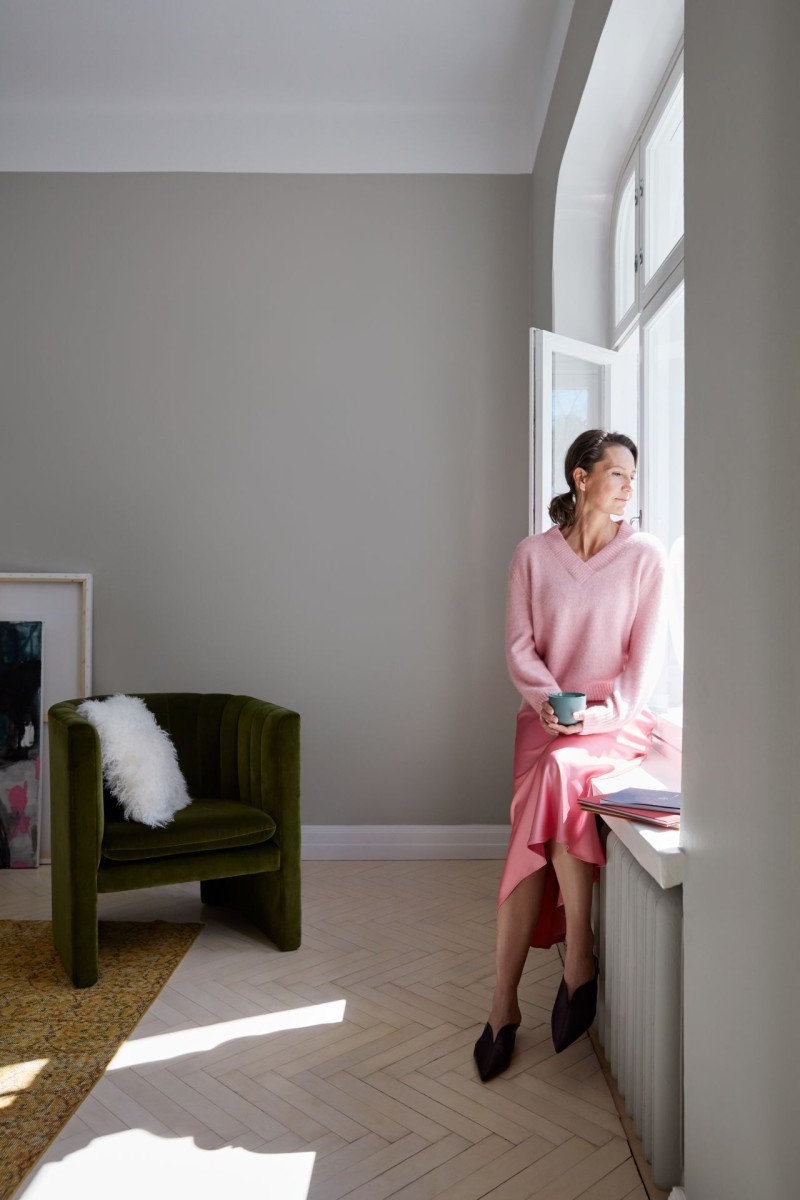Colours are everywhere, but where do they come from? Is colour more of a feature of objects or the experience of the observer? Understanding how humans perceive colours helps to create desired atmospheres in different kind of spaces.
Colours surround us and affect our daily lives, but what exactly are they and what is their function in the visual world? The expert information in this article is from Harald Arnkil, visual artist and internationally recognised colour researcher and a former teacher of art and colour theory at Aalto University School of Arts, Design and Architecture.
Many philosophers argue that an object’s colour is an illusion. In everyday language the colour of an object refers to the colour that is perceived as belonging to the object. Colours do have a physical cause but what we perceive as colour is the result of the interaction of object, light and the observer.
What makes a colour?
When discussing colour, two distinct things can be differentiated: scientifically measurable colour stimuli and the human perception or experience of those stimuli. The physical light-reflecting properties of a colour stimulus, such as a painted surface, can be measured according to certain pre-determined specifications with the help of a spectrophotometer.
While a spectrophotometric measurement provides highly accurate information, it applies only to the specified conditions of the measurement. Under varying conditions of illumination and viewing, the colour’s appearance will also vary.
A so-called colour constancy mechanism allows the brain to correct our perception by taking into account the changes in the environmental conditions. Consequently, we tend to ignore the constant changes caused by shifting light. When viewed first in daylight and later in the evening in electric light, the colour of your sofa will look much the same, despite dramatic changes in the spectral composition of the light reflected by it. However, human adaptation to a changing visual environment has its limits.
Individual colour vision
Human perception of colour has evolved for our survival, above all for finding nutrition effectively, identifying danger and communicating sexual motives. Colour vision is by no means only a human feature although different animal species perceive colour in different ways.
Due to colour vision anomalies, colour perception can also vary from one human to the next. On average, every fourteenth male in the Western world has some form of colour blindness or colour vision anomaly. Recent studies indicate that even among people with clinically normal colour vision there is dramatic variation in the way they identified “primary hues”. However, the influence of linguistic and cultural background of naming and identifying colours is an interesting question. It is known that there is a connection between the way we name colours and the way we categorise them for example by hue.
Do colours have psychological effects?
Interior design guides and magazines write about colour psychology and the psychological impact of specific colours. However, colour psychology is a rather indistinct area of study and studying the effects of colours is complicated due to the inherent subjective interpretations.
Nevertheless, there are various methods available for studying the different aspects of the effect of a colour. Physical responses can be indicated by measuring electrical activity in the brain. Emotional responses can be studied via interview methods or psychological tests with reference to emotion as a state of arousal caused by external or internal stimuli.
At present there is very little evidence which would indicate that certain colours will induce the same reaction in all people. In any case, the lightness and saturation of a colour can have a greater effect on the emotional response that its hue.
The colour of love and other symbolics
The use of colour plays a significant role in how we experience our environment. In general, people are quite interested in the symbolic meanings, associations and effects of colours.
It is worth exploring the cultural meanings given to colours, bearing in mind that they are difficult to define because they vary according to context, from culture to culture and between eras. For instance, red does not always mean rage or love, although it is often associated with such feelings in many cultures today.
Dividing colours into cold or warm is also based on associations, cultural or symbolic meanings. Furthermore, it is very subjective, too. Dividing colours into cold and warm hues is a very common form of categorisation. There’s no clear-cut objective basis for this categorisation but a certain amount of universal consensus exists. Again, the saturation of a colour greatly effects its perceived “temperature”. A magenta may be called “hot pink”, while the same colour tinted with white can seem quite cool. Instead of focusing on a particular colour, it is more relevant to look at how different hues and nuances work together.
Want to learn more and get access to exclusive information?
Feed your creativity with latest trends and grow your know-how about surface treatment solutions. Join Tikkurila Pro Designer - a new arena for creative minds in architecture and interior design.
You’re visiting Tikkurila website from United Kingdom. Would you like to visit the local UK site?









